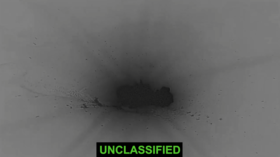Wildlife thriving without humans in Chernobyl nuclear zone – study (PHOTOS, VIDEO)
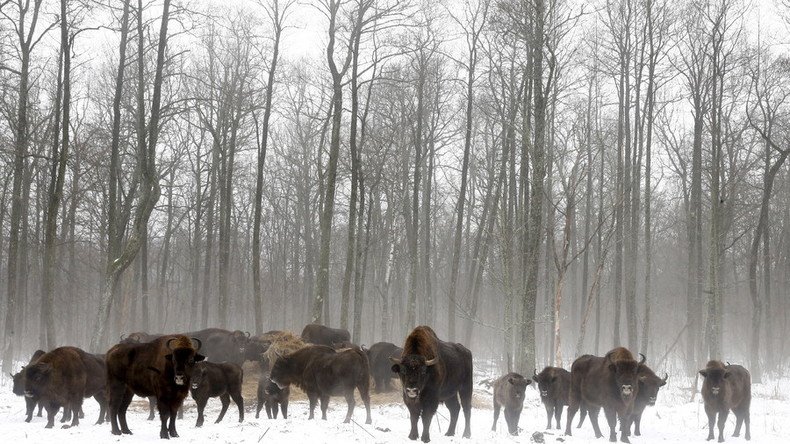
Animals in the Chernobyl exclusion zone have not been wiped out by the nuclear fallout contaminating the land, but are actually thriving in the absence of humans, according to a new ecological study.
CHERNOBYL: FALLOUT 30 (SPECIAL PROJECT)
A series of explosions at the Chernobyl Nuclear Power Plant in 1986 set off a catastrophic chain of events that are still being felt today.
The power plant disaster remains one of the worst nuclear accidents on record, with the destruction of the facility’s reactor 4 on April 26 exposing large parts of the Ukraine and Belarus to harmful radiation.
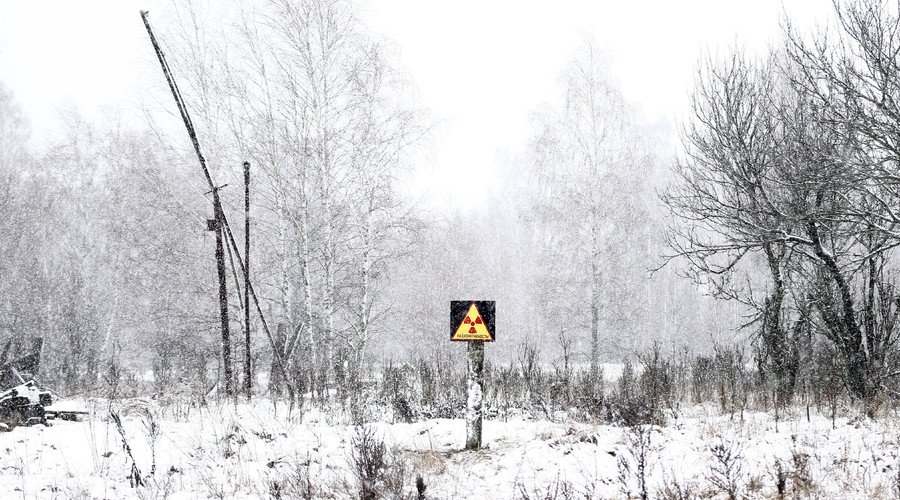
While most people were evacuated from the 4,300 square-kilometer area known as the Chernobyl Exclusion Zone, animals were left to forage in the highly radioactive environment.
Now a new study conducted by researchers from the University of Georgia (UGA) suggests that the wildlife population hasn’t died off in the toxic landscape, but actually flourished.
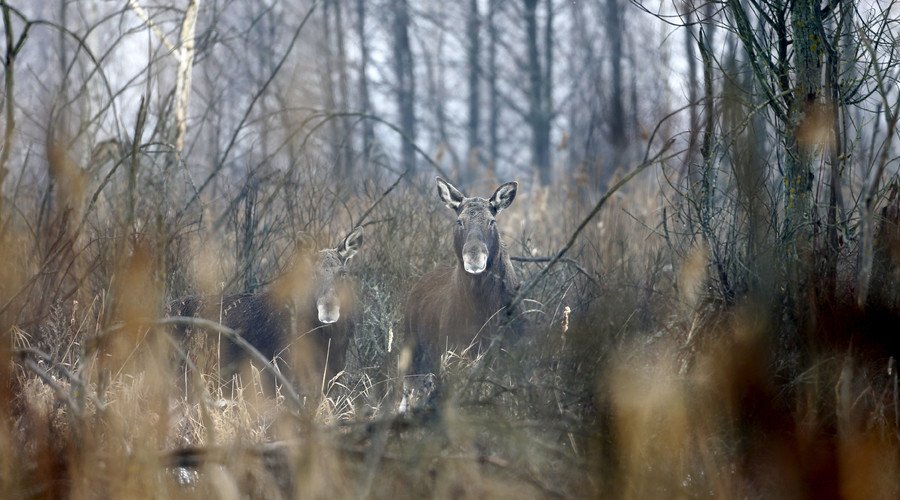
The group used 94 baited scent stations and 30 remote camera traps set up within the Polesie State Radio-ecological Reserve, a highly contaminated area in south Belarus.
The zone is predominantly forested and abandoned agricultural land, pock marked with empty villages.
Carried out during a five week period between October and November of 2014, the project captured 14 species of mammal on film, with 173 animal detections observed overall.
It shows that among the creatures feeding off the land are the Eurasian bison, red squirrel, moose, boar, and gray wolves.
Many of the animals were also documented in a recent visit to the zone by Reuters photographers.
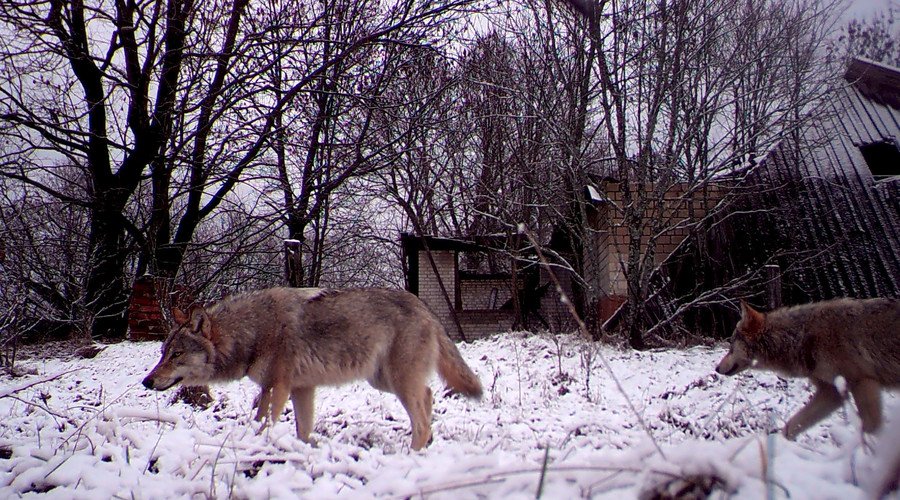
“For this study we deployed cameras in a systematic way across the entire Belarus section of the CEZ and captured photographic evidence – strong evidence – because these are pictures that everyone can see,” said lead researcher James Beasley in a UGA statement.
“We didn’t find any evidence to support the idea that populations are suppressed in highly contaminated areas.
“What we did find was these animals were more likely to be found in areas of preferred habitat that have the things they need – food and water.”
While the study suggests that the wildlife population in the area appears to be in prime health, it did not examine the actual animals.
Evidence compiled by Dr. Timothy Mousseau, a biologist from the University of South Carolina, had previously highlighted mutations among the bird population, including tumors, unusual pigmentation, and brain abnormalities.
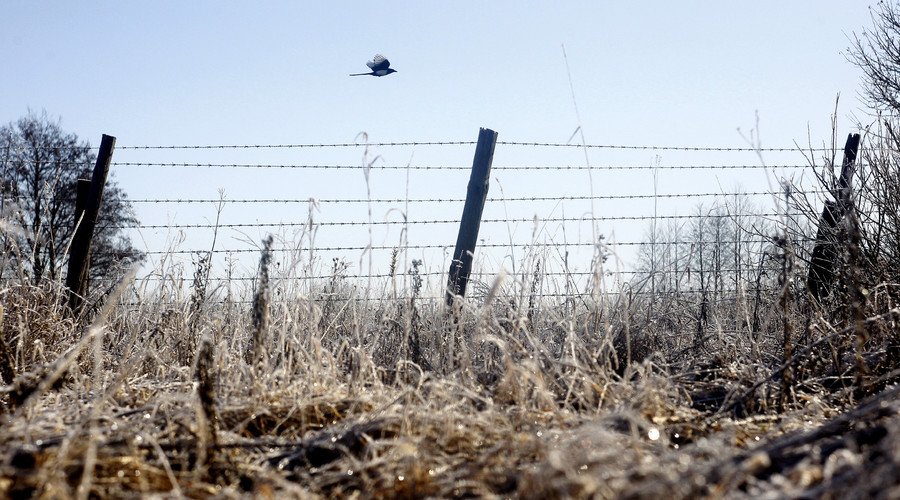
In 2014, the scientist told the New York Times how some bird species appeared to have evolved to survive in the harsh environment.
The latest UGA study was published in the journal Frontiers in Ecology.
Its findings contradict those of previous studies which have claimed that the fallout from the meltdown, whose cleanup required 600,000 workers, is damaging the area’s natural wildlife.







